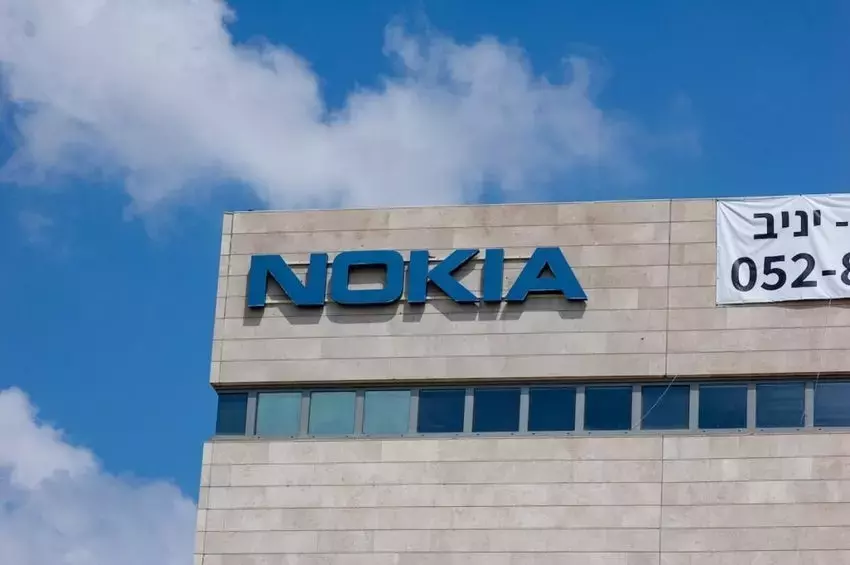
Nokia is embarking on a comprehensive strategic transformation, driven by the shift towards artificial intelligence in networking and the evolving demands of connectivity. The company recognizes that the slowdown in traditional 5G expansion and the growing need for intelligent, software-centric infrastructure necessitate a more agile and focused approach.
To achieve this, Nokia plans to reorganize its operations into two primary divisions: Network Infrastructure and Mobile Infrastructure, effective January 1, 2026. This streamlined structure is expected to accelerate decision-making and optimize resource allocation. Concurrently, the company has established a new operating profit target for 2028, aiming for \u20ac2.7 billion to \u20ac3.2 billion. This strategic repositioning is also influenced by the need to fortify Nokia's standing as a reliable Western technology provider in an increasingly complex geopolitical environment. The market's initial reaction to these changes, including ambitious long-term goals and implementation challenges, has seen Nokia's stock price experience a decline.
Nokia's refreshed financial objectives and key performance indicators are designed to bolster profitability and refine operational efficiency. The company projects an annual growth rate of 6\u20138% for Network Infrastructure sales between 2025 and 2028, with Optical and IP Networks anticipated to expand at an even higher rate of 10\u201312%. Furthermore, Nokia aims for a Network Infrastructure operating margin of 13\u201317% and a Mobile Infrastructure gross margin of 48\u201350% by 2028. Significant cost-cutting measures are also in place, with plans to reduce centralized operating expenses from approximately \u20ac350 million to \u20ac150 million, and to convert 65\u201375% of comparable operating profit into free cash flow. These revised targets underscore a renewed emphasis on robust returns, stringent operational management, and long-term financial resilience. The company's strategic pillars encompass enhancing AI and cloud capabilities, pioneering AI-native and future 6G network developments, strengthening customer relationships, optimizing capital allocation, and ensuring sustainable shareholder returns. Complementary initiatives include consolidating slower-growth business units into a new Portfolio Businesses division and establishing a dedicated defense incubation unit to explore secure-connectivity prospects.
In a rapidly changing technological landscape, companies must constantly adapt and innovate to stay relevant and competitive. Nokia's strategic restructuring, though met with initial market caution, represents a bold and necessary step towards future growth and resilience. By focusing on emerging technologies like AI and 6G, and streamlining its operations, Nokia aims to not only navigate current challenges but also lead the next wave of connectivity advancements. This proactive approach, driven by a commitment to operational excellence and strategic foresight, exemplifies the spirit of continuous improvement and striving for a better future within the tech industry.
